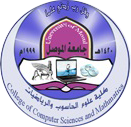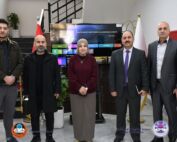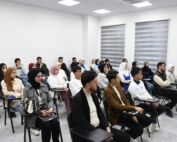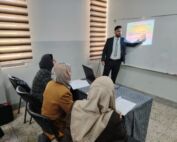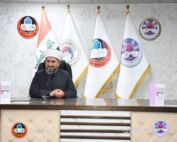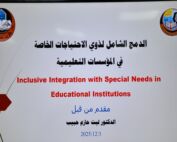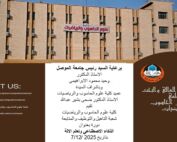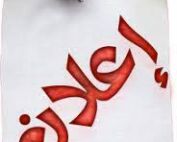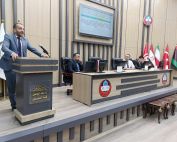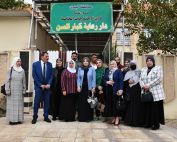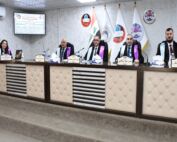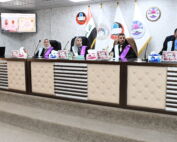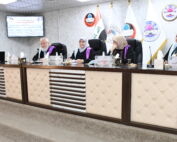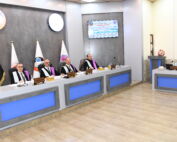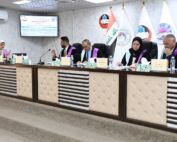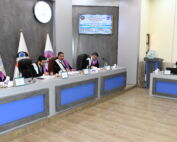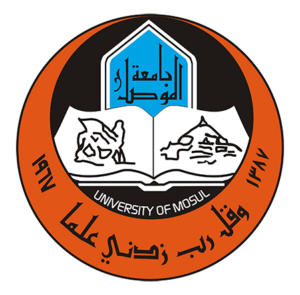12 September، 2023
Master’s thesis by student Suzan Mohsen Hamdi Abdullah

Discussion of a master’s thesis in the College of Computer Science and Mathematics – Department of Mathematics Sciences entitled:
(Using Quasi_ opposition_ based tree growth algorithm for selecting features in a high_ dimensional leukemia dataset)
In continuation of the scientific research movement and with the follow-up and presence of the Dean of the College of Computer Science and Mathematics
Prof. Dr. Duha Bashir Abdullah The esteemed
It was discussed in the discussion room at the Faculty of Computer Science and Mathematics at the University of Mosul on Tuesday 12 -9- 2023
Master’s thesis by student Suzan Mohsen Hamdi Abdullah
under the Professor Dr. Omar Saber Qasim
Many applications, particularly in medical research related to gene analysis, involve vast amounts of data describing genes. These genes play a fundamental role in understanding and classifying various diseases, including cancer. Therefore, researchers have focused on the concept of appropriate feature selection to achieve optimal accuracy in disease classification by identifying influential genes. They utilize evolutionary algorithms, inspired by the behavior of living organisms, including the Binary Tree Growth Algorithm (BTGA) after converting it from continuous space to discrete space using the concept of a transfer function. In this study, the BTGA algorithm was improved by incorporating Opposition-Based Learning (OBL) and Quasi Opposition-Based Learning (QOBL) techniques. Three types of classifiers, Linear Discriminant Analysis, Support Vector Machine, and K Nearest Neighbor, were used to compare the proposed methods. The proposed algorithms, OBL_BTGA and QOBL_BTGA, were applied and tested on the Leukemia dataset to evaluate their efficiency. The experiments were repeated five times using Cross Validation to ensure unbiased selection of training and testing sets. The results demonstrated the superior efficiency of the proposed methods compared to conventional approaches in terms of classification accuracy and the number of selected features.
The scientific committee included the following members :
Prof. Dr. Abdul Ghafoor Jassim Salem – Chairman
Prof. Dr. Naam, Abdel Moneim Abdel Majeed – Member
Dr. Talal Fadel Hussain – Member
Prof. Dr. Omar Saber Qasim – member and supervisor
